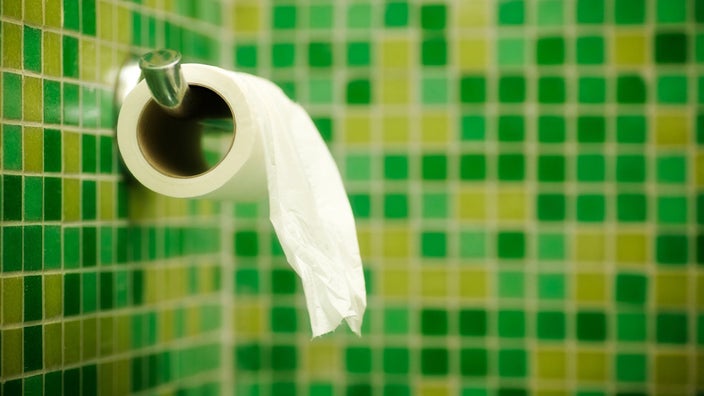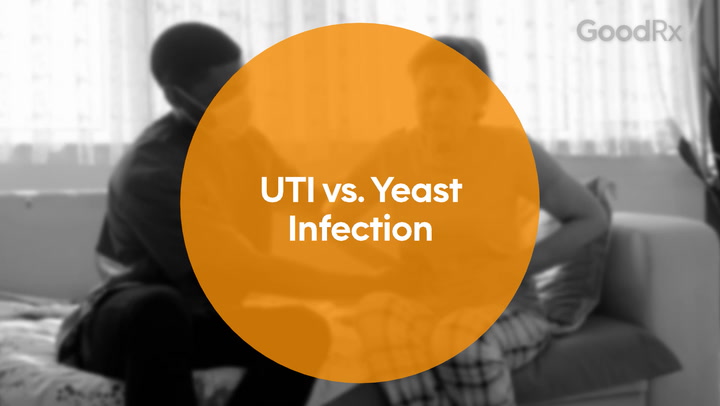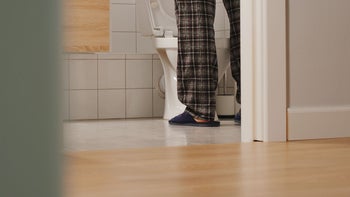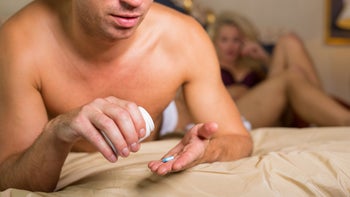
Why Is My Pee Green? 10 Potential Causes
Key takeaways:
Urine should be pale yellow in color, clear, and odorless.
Changes in the color of your urine — like green, orange, brown, or red — can be a clue to underlying health issues.
The most common cause of green urine is medication, but foods — and food dyes — can also cause it. In rare cases, it can be a sign of a bacterial urinary infection or a liver problem.

You’ve probably noticed that the color (and smell) of your urine changes depending on your level of hydration and the time since you last urinated. Certain foods can also affect the appearance of your urine. And if you’ve ever had a urinary tract infection (UTI), you’ve likely noticed a change in the color and appearance of your urine, too.
Green pee isn’t a common symptom, so it may be alarming. Here are 10 causes of green urine. Spoiler alert: Only two of them are really cause for concern (and they’re very rare).
10 causes of green pee
Medications can turn your pee different colors. There are seven medications that can color pee green. The color change is due to a chemical reaction. A blue pigment in the medication mixes with the natural yellow color of urine and makes it look green (or bluish-green).
Search and compare options
In many cases, the cause of the color change is something called a “phenol group” in the chemical structure of the drug. When your body breaks it down, it produces blue pigments in your urine. After these mix with the yellow pigments (urochrome) in your urine, the end result is green pee.
Medications that can turn urine green
Here are some medications that can make your urine look green:
Promethazine (Phenergan): Promethazine is an antihistamine that treats allergies and nausea.
Cimetidine (Tagamet): Cimetidine is an antacid that treats GERD and heartburn.
Metoclopramide (Reglan): Metoclopramide is an anti-nausea medication.
Amitriptyline (Amitril): Amitriptyline is an antidepressant that treats fibromyalgia and depression.
Indomethacin (Indocin): Indomethacin is a nonsteroidal anti-inflammatory drug (NSAID).
Propofol (Diprivan): Propofol is an anesthetic used in surgery.
Methylene blue: Methylene blue is a water-based dye used in scans, surgery, and in treatment for methemoglobinemia (a rare blood disorder).
Other causes of green urine
Medications aren’t the only thing that can turn your urine green. Other causes of green pee include:
Food dyes: Artificial green or blue food dyes can make your urine look green.
UTIs: When the bacteria Pseudomonas aeruginosa causes a UTI, the result can be green urine.
Liver problems: Sometimes a person with liver disease and a certain genetic mutation can have a buildup of biliverdin in their body.
Clear urine causes: Clear pee is often the result of being well-hydrated, but it can also point to an underlying condition. Learn about other causes of clear urine.
Causes of stinky urine: Certain foods, medications, and dehydration can make your urine smell differently. Learn the common culprits and which smells merit a visit to your doctor’s office.
Food dye and your health: Red dye 40 is one of the most common artificial colorings used in the U.S. Here’s what research shows about this food additive.
How to prevent green urine
It may be hard to prevent green urine since it’s not very common. But there are some steps you can take to make green urine less likely. To prevent green urine, you should:
Drink plenty of water.
Try to prevent UTIs by doing things like peeing after sex and wiping front to back.
Talk to a healthcare professional (HCP) if you have any symptoms of liver disease.
Avoid foods high in artificial food dyes, like cake frosting or green candies.
If you’re taking a medication that is known to cause green urine, pay attention to the color of your pee. But if your urine changes color, don’t stop taking medicine on your own. Talk to your HCP before making any medication changes.
What urine color can tell you about your health
Urine should be a pale, clear yellow color. When you’re dehydrated, your urine may turn darker and have a stronger smell — that’s your body doing its job to avoid wasting fluid.
But if you notice that your urine is consistently dark yellow, orange, brown, red, or tinged with blood, then that may be a sign that there’s something else going on.
In addition to the color of your pee, here are some other things to pay attention to:
How often you need to urinate
How much you pee
How your pee looks (for example, if it’s cloudy or foamy)
How it smells (strong, unpleasant, sweet)
Read more like this
Explore these related articles, suggested for readers like you.
If you see a noticeable or consistent change in any of these characteristics, it’s best to see a healthcare professional. Oftentimes, a simple urine test can figure out if something is wrong.
Green urine myths
Some people report that asparagus adds a greenish tinge to their urine, but there isn’t hard science to back this up. More commonly, people notice a typical asparagus smell in their urine. But that’s a topic for another day.
Some people also list vitamin B complex as a cause for green urine. Riboflavin (vitamin B2) does have a yellow-green fluorescent pigment, but this causes urine to turn a brighter or neon yellow — not green.
When to get medical attention
Most causes of green pee aren’t harmful. If your urine is green because of a known medication effect, there’s usually nothing to worry about. And if some colorful cupcakes were the cause, you could give it time and wait for your pee to get back to a normal color.
There are only two causes of green pee that are serious, and both of them are very rare:
UTIs caused by the bacteria Pseudomonas aeruginosa can cause a bluish-green tinge. This happens because the bacteria produce pyocyanin, a blue pigment. But this is very uncommon.
People with liver disease or liver cancer, who also have a certain genetic mutation, can have green urine. In this case, it’s not just their urine that would be green. People with this condition also develop a green color to their skin.
Get medical attention if your urine is green and you:
Have burning with peeing
Are peeing more often than usual
Have stomach pain
Develop green color to your skin
Have a history of liver problems
Do you need to treat green urine?
You don’t need to treat green urine, but you might need to treat the underlying cause. If you’re having green pee because of a UTI or liver problems, you’ll need treatment for those conditions. If your urine is green because of something you ate or medication you’re taking, there’s usually nothing to do. The color should fade within a few hours, or when you stop taking the medication.
If you’re not sure if you need treatment, reach out to your HCP for guidance.
The bottom line
Most cases of green urine are nothing to worry about — especially when the symptom is brief or you recently started a new medication. Food dyes can change the color of your urine, and that’s OK. But if the color change persists, it’s best to get a medical evaluation. A healthcare professional can run some simple tests to see if this is a sign of something else going on.
Why trust our experts?



References
Mahabadi, N., et al. (2024). Riboflavin deficiency. StatPearls.
Pelchat, M. L., et al. (2011). Excretion and perception of a characteristic odor in urine after asparagus ingestion: A psychophysical and genetic study. Chemical Senses.
Prakash, S., et al. (2017). Green urine: A cause for concern? Journal of Anaesthesiology, Clinical Pharmacology.
Simerville, J. A., et al. (2005). Urinalysis: A comprehensive review. American Family Physician.
Uniprot. (n.d.). Disease - hyperbiliverdinemia.
Urology Care Foundation. (2018). The meaning behind the color of urine.




























